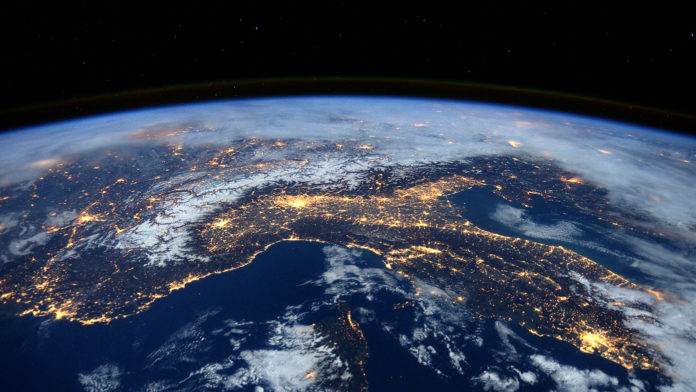Human activity is having a devastating impact on wildlife. Agriculture continues to encroach on wildlife habitats, and even species living on protected land are affected by pollution and climate change.
The Living Planet Index aims to put a number on just how much biodiversity has been lost. Presented by an international team of researchers in a World Wildlife Foundation report, the index summarizes data from the change in abundance of 16,704 monitored populations of 4,005 vertebrate species. Here, populations refer to the number of individuals estimated in a specific region, so the same species can be represented by multiple populations.
The data cover species of mammals, birds, reptiles, amphibians and fish from around the globe using measures of population like density, or proxies of abundance like the number of nests in an area. It’s not a census of all the animals on the planet, but it makes use of the best available and verifiable data.
From 1970 to 2014, a stretch of time spanning only 44 years, the average global decline in population numbers works out to 60 percent.
What the 60 percent decline means (and doesn’t mean)
The index is designed to illustrate trends. Because it isn’t a census of every animal on the planet, its value can (and does) change when more data allow more populations or more species to be included.
And while 4,005 species sounds like a lot, it pales in comparison to the estimated 63,000 vertebrate species on Earth, and looks paler still compared to the millions of invertebrate species of animals like insects and worms that actually make up the vast majority of animal life.
It’s also a weighted average of all the populations surveyed, where larger populations are weighted more heavily. That means that some populations have actually grown, while others have declined even beyond this measure, including total extinction.
Take for instance a forest with an initial population of 60 birds and 20 bears. If over time 15 birds and 15 bears are lost, that’s a 25 percent decline in the bird population, and a 75 percent decline in the bear population. This works out to a 50 percent average population decrease measured by the index if we approximate the calculation by weighting them equally. But in all, 30 animals were lost out of the initial 80, or a 38 percent reduction in the number of total animals in the forest.
So we haven’t necessarily lost 60 percent of all the vertebrate animals on Earth in the past 44 years, but the trend is still very troubling.
No corner of the Earth left untouched
The study also broke down the data into five biogeographic realms and found that there was biodiversity loss across all of them. Habitat loss was the most pronounced threat.
The tropics were hit the hardest, with species population declines in the Neotropical realm (covers the Caribbean and South and Central America) averaging 89 percent since 1970.
Freshwater systems were also disproportionately affected with an 83 percent average decline.
And well before extinction, losses in biodiversity in a population signal vulnerability in the face of change – change that’s escalating and accelerating as climate change marches on.
What’s more, even the fall of species that seem insignificant or that are hard to see and count shift the balance in entire ecosystems. For instance, the quiet insects under our feet are crucial to soil health, rippling into the basic needs of plant life, which in turn are a vital source of food and shelter. Losing any part of the chain gives rise to ecosystem instability and potential for collapse.
The Living Planet Index sounds the alarm bell for action. Difficult changes will need to be made, but it’s a worldwide crisis that will continue to unfold as unsustainable lifestyles keep pushing the planet further than it can stand.










































